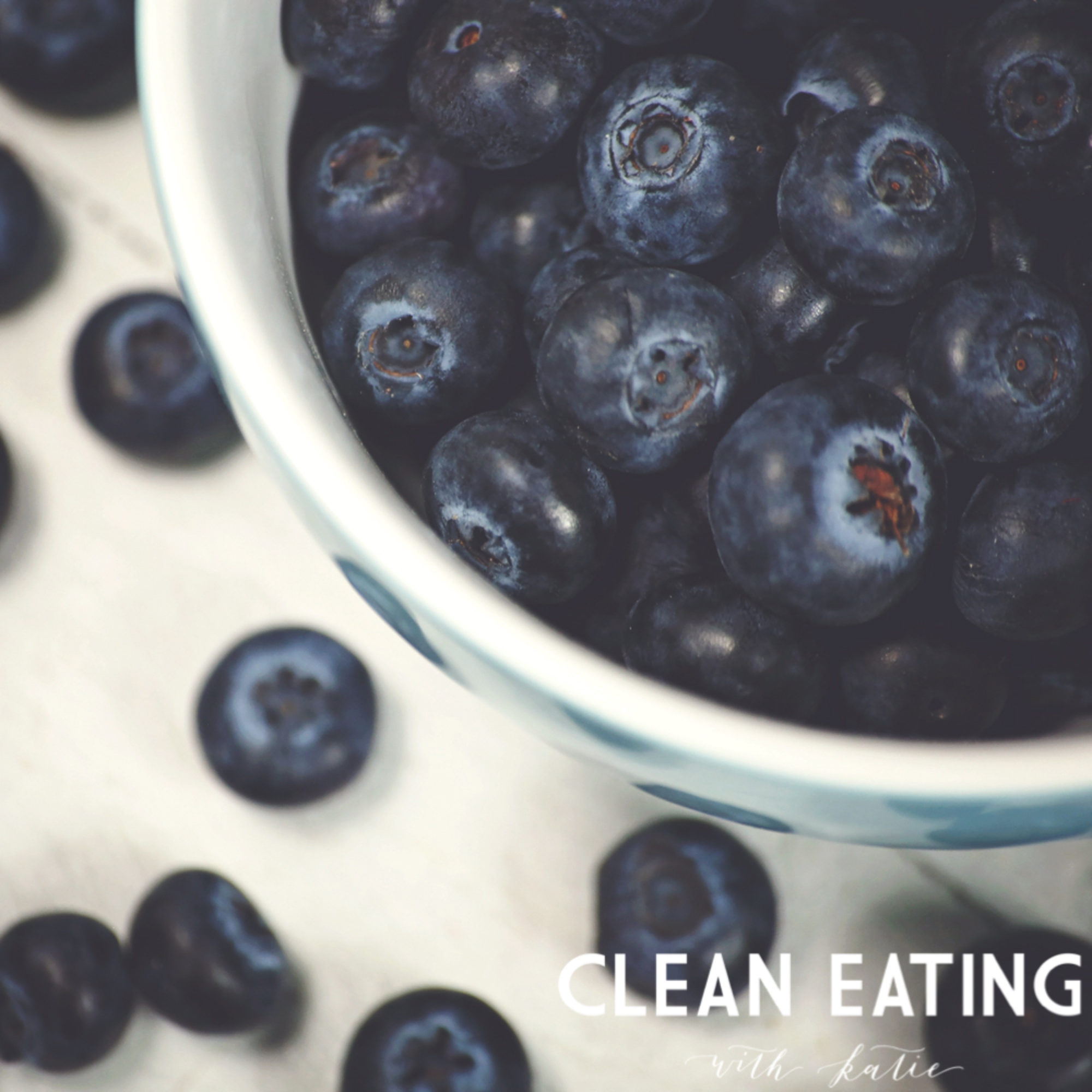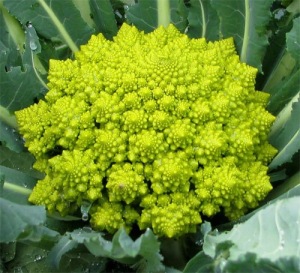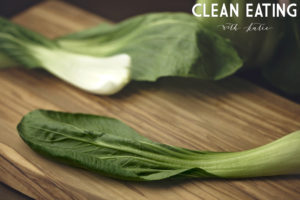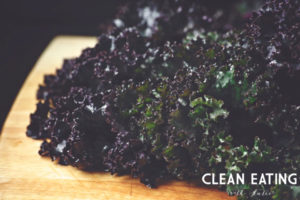The 52 New Foods Challenge Food of the Week: Edamame
This was this past week’s new food. While I’m not a big fan of soy products, organic and non-gmo edamame is okay by me if you can tolerate it well. Also fermented soy products (miso and tempeh) are okay as well, but all others, including tofu, soymilk, etc. are on my avoid list.
Food Facts: 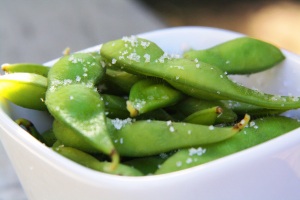
- Good source of folate, manganese, thiamine, riboflavin, copper, selenium, calcium, potassium, zinc, iron, and vitamin K.
- Complete source of plant protein (contains all of the essential amino acids).
- Contains isoflavones – antioxidants that reduce the risk of heart disease, cancer, osteoporosis, and diabetes.
- A good source of fiber and protein.
- Most soy products sold in America are loaded with pesticides and have been genetically modified. Always choose organic and Non-GMO
- It scores 48/1000 on the ANDI scale (a rating of nutrients per calorie)
From Eating on the Wild Side: The Missing Link to Optimum Health
by Jo Robinson, The 52 New Foods Challenge: A Family Cooking Adventure for Each Week of the Year, with 150 Recipes by Jennifer Tyler Lee, and Superfoods: The Healthiest Foods on the Planet
by Tonia Reinhard
